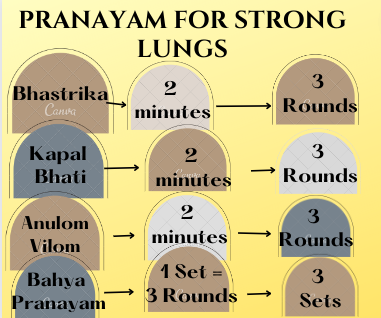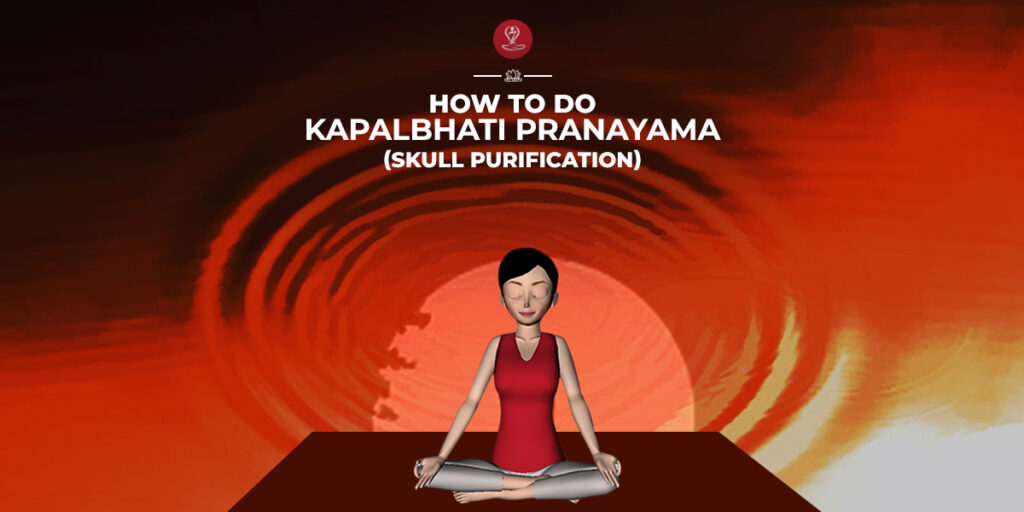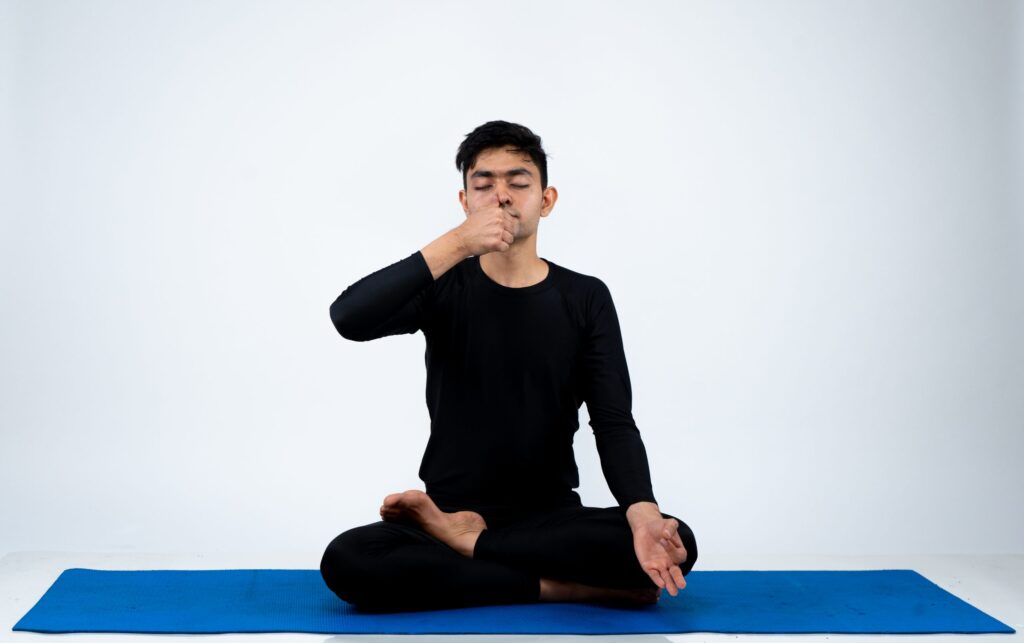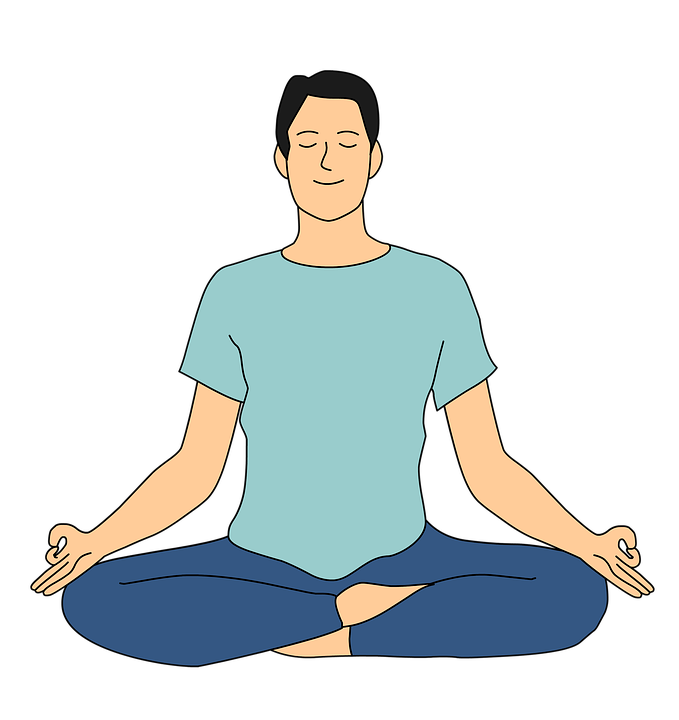We all take breath for granted. Ask an asthmatic patient to know what it means to have difficulty catching their breath. It can happen to anybody, anytime. The most harrowing feeling in the world is not to know how the next breath will come. Why does it happen? The pathways of the lungs get constricted and do not allow enough air to pass. Strong lungs are the powerhouse of the body that fill us up with energy via fresh oxygen every second. After the pandemic weakening of the lungs has been the main side effect for people who have contacted the coronavirus. Some people know it while others are still unaware. Due to the virus and the medications taken, lung health takes several months to come back to normal.
Apart from the virus there are other respiratory problems such as asthma and chronic obstructive pulmonary disease (COPD) that weaken the lungs, or rather, attack weak lungs.
Pranayama are diaphragmic yogic breathing exercises for lungs/asthma that have proven to be beneficial for heart and lung health besides reducing the risks of acquiring lung disease. The added benefit is that these types of breathing exercises have a positive influence on overall health as well.
What is pranayama?
Pranayama is a union of two Sanskrit words- prana (vital energy) & ayama (control). Pranayama is a part of yoga that involves breathing exercises that include controlled inhalation, exhalation and holding the breath. There are several pranayama such as bhastrika, kapal bhati, ujjai, sheetali, anulom vilom, bahya, bhramari etc.
Practice the following 30 minutes Pranayam/ Diaphragmic Breathing and you will start noticing the difference in a few days. You would breathe easier, will be able to hold more air in and feel more energetic as well.

#1 BHASTRIKA -3 rounds of 2 minutes each
Bhastrika is rapid forceful breathing. Inhale forcefully and exhale forcefully.
How to do bhastrika breathing?
Sit in sukhasana, padamasana or on a chair with your back straight. Raise your arms above you shoulder with a forceful inhalation and lower your arms with a forceful exhalation.
Do for 2 minutes. Take 30 minutes rest. Repeat 2 times to complete 3 rounds.
You would be doing approximately 80 strokes or 40 pairs of powerful inhale-exhale strokes in a minute. Powerful isn’t it ?
Regular practice of Bhastrika praṇ̄ayāma shows significant improvement in respiratory muscle strength, thereby improving lung capacity and function. However, if any type of lung abnormality is suspected, you must consult a doctor.
KAPAL BHATI- 3 rounds of 2 min each
Kapalbharti Pranayam is one of the top most beneficial pranayama. It involves forceful exhalation and passive inhalation. Kapalbhati Pranayama is an efficacious Yogic practice that helps a person to oxygenate the body. This pranayama allows the person to get rid of different ailments, especially mental and psychological ones, over a period of time.
How to do Kapalbhati?

Sit in sukhaasana or padamasana on your mat. (If you cannot sit on the floor, use a chair). Take a deep breath. Now, breathe out forcefully in succession. Concentrate only on your forceful exhalation and not on inhalation. Whatever breath goes in naturally, let it go. Breathwork should be like as if you are blowing your nose. The force should come from your belly.
Do for 2 minutes straight. Take a pause of 30 seconds. Repeat twice to complete 3 rounds. It would be a total of 6 minutes of kapalbhati pranayama.
Anulom vilom pranayama- 3 rounds of 2 minutes each
Anulom Vilom is also called as alternate nostril breathing. It is a very powerful breathing technique to cure respiratory problems, including asthma. This pranayama balances the nadis purifying the energy body and thus activates the higher consciousness.

A person should sit in Sukha Asana or Dhyan asana and take a deep breath with one nostril open and the other closed by the use of your fingers.
Simply press the right thumb against your right nostril to block it.
Inhale slowly through the left nostril so that your lungs get full with fresh air.
Slowly remove your thumb from your right nostril and keep your right hand beside your nose.
Exhale completely in a slow process with the right nostril so that your lungs get free from all air. Once you finish your exhalation process, keep your left nostril closed.
Use your ring or middle finger close to your left nostril. It is easier to continue using the same hand to block either nostril for some people, but you can switch hands depending on which nostril you are blocking. If your arm gets tired, you can also switch them alternatively.
In short, inhale through the right nostril. Fill up your lungs with fresh air. Close the right nostril first, then open the left nostril.
Continue for 15 minutes. You may take a minute’s rest after every five minutes of exercise. Breathe out slowly through the left nostril.
Bahya bandh- breathing exercise for lungs
Do 3 sets of 3 rounds each of this Bahya pranayama. It involves the practice of three bandhas– mula, jalandhara, and uddiyana. Bandhas are defined as ‘body locks’. They lock the vital energy in the body. Jalandhara bandha is the throat lock, mula bandha is the root lock and uddiyana bandha is the abdominal lock.

Breathe in, exhale and hold your breath with three bandhas– jalandhara, uddiyana and mula. First, the jalandhara bandha is attained by pressing the chin against the neck. Uddiyana bandha is attained by pressing the stomach to the back. Mula bandh is attained by constricting your pelvic floor and anus muscles as if to control urination. Hold as long as you can or 10-15 seconds. release the bandhs one by one starting from the top to the bottom. Do 3 sets of 3 rounds each with a rest of 30 seconds after each set. (total nine times)
The above routine as described along with the rest intervals would take 30 minutes in all. You would start feeling the difference in lung capacity and oxygen requirement after 2-3 days only. However, if you have a serious breathing issue consult a doctor before starting the above exercises.

2 comments
Pingback: Adult Vaccination Protocol: Life-saving vaccines you absolutely need to get
Pingback: Keep your grey matter better for longer- Protect Brain Health - Meenu Arora's Blog